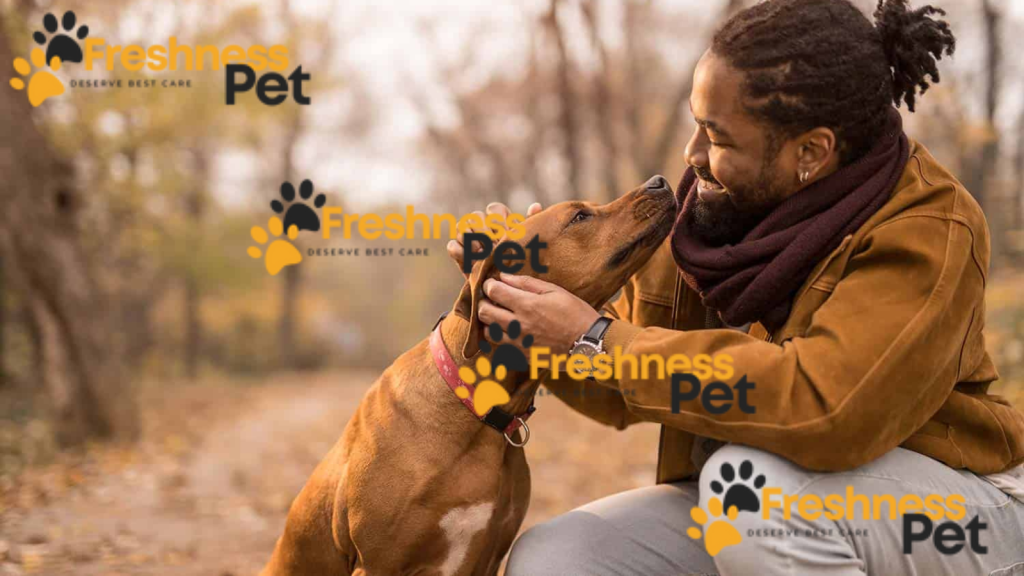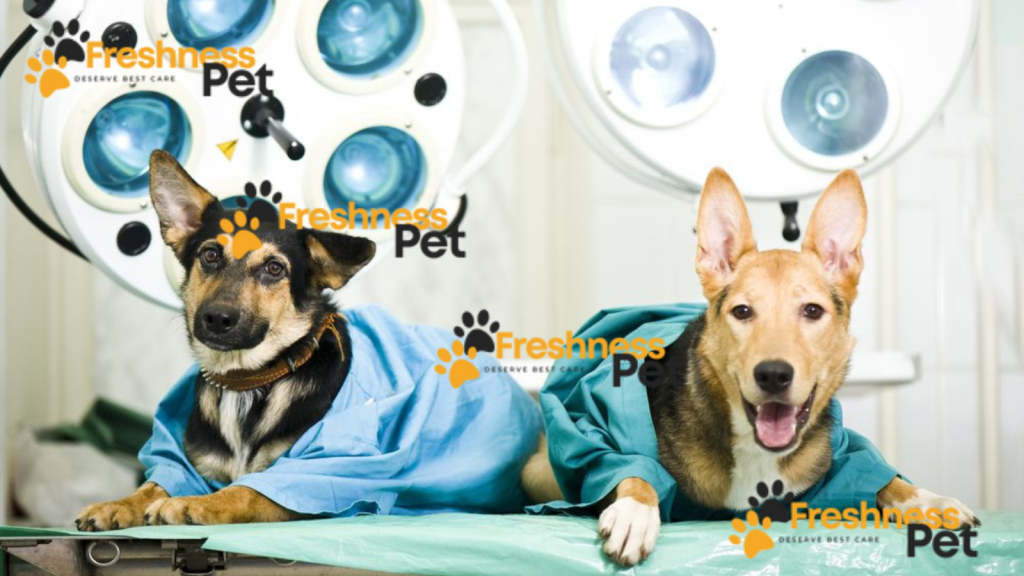

Pet Surgery
Caring for your pet is like having to take care of a member in your own family. That can be accomplished in a location known as the vet which might entail a process known as pet surgery. But fear not, it is actually easier than it may have initially seemed. That is why we at Freshness Pet would like to explain to you what pet surgery entails so you are well-equipped and prepared in case of a need to take your pet for surgery.
What is Pet Surgery?
Just like humans, pets sometimes need medical procedures that involve making an incision (cut) into their bodies. These surgeries are performed by veterinarians (animal doctors) to diagnose or treat a variety of health conditions. The goal of pet surgery is to improve your pet’s health and well-being, allowing them to live a longer, happier life.
Pet Surgery Services
- Spay and Neuter: This is a common surgery for dogs and cats. Spaying removes a female pet’s reproductive organs, while neutering does the same for males. It helps prevent unwanted litters, reduces certain health risks, and can even make your pet calmer and easier to live with.
- Pet Teeth Cleaning: Just like us, pets can get cavities and gum disease. A dental cleaning removes tartar buildup and keeps your pet’s mouth healthy, preventing them from getting sick.
Advanced Pet Surgeries Procedures for Complex Issues
- Tumor & Mass Removals: Vets can surgically remove lumps or bumps that grow on your pet’s body. This helps diagnose and treat certain cancers or other health concerns.
- Cystotomies (Bladder Stone Removal): Ever wonder why your dog whimpers when they pee? It could be bladder stones! This surgery removes those uncomfortable stones, making bathroom time easier for your pet.
- Hernia Repair: A hernia happens when an organ pushes through a weak spot in your pet’s muscles. Surgery fixes this issue to prevent further complications.
- Gastropexy: This surgery helps prevent a condition where your pet’s stomach twists, which can be very dangerous.
- Amputations: If your pet has a severely injured limb, amputation might be necessary. Modern prosthetics can even help your pet get back on their paws after surgery.
- Vulvoplasty (Episioplasty): This surgery helps repair any tearing or damage in the female reproductive area, which can occur during childbirth or other situations.
- Enucleation (Eye Removal): Sadly, sometimes an eye might be too injured or diseased to save. Enucleation removes the affected eye to prevent pain and further complications.
- Cherry Eye Repair: This is a surgery to fix a condition where a gland in your pet’s eye pops out. It’s not dangerous, but it can look strange and might bother your pet.
What Happens During Pet Surgery?
Here’s a general idea of what to expect during a pet surgery:
- Pre-operative consultation: Before surgery, you’ll meet with a veterinarian to discuss the specific procedure, its benefits and risks, and answer any questions you might have.
- Preparation: Your pet may need pre-operative bloodwork or X-rays to ensure they are healthy enough for surgery. You’ll also receive instructions on when to withhold food and water from your pet before surgery.
- Anesthesia: On surgery day, your pet will receive anesthesia to keep them comfortable and pain-free throughout the procedure.
- The surgery: The veterinarian will perform the surgery in a sterile surgical suite equipped with advanced technology.
- Recovery: After surgery, your pet will be monitored closely in a recovery area until they are fully awake and their body temperature returns to normal.
What to Expect After Surgery
Once your pet is home, it’s important to follow your veterinarian’s post-operative care instructions carefully. Here are some general things to keep an eye on:
- Activity level: Your pet will likely need to restrict their activity for a period of time to allow for proper healing.
- Rest: Allow your pet plenty of rest to promote healing.
- Appetite: It’s normal for your pet to have a decreased appetite after surgery. However, if they are not eating or drinking within 24 hours, contact a veterinarian.
- Pain: Pain medication will likely be prescribed to keep your pet comfortable. Monitor them for signs of discomfort and contact a veterinarian if you have any concerns.
- Incision site: Keep the incision site clean and dry according to your veterinarian’s instructions. Look for any signs of infection.
When to Contact a Veterinarian After Surgery:
If you notice any of the following signs after your pet’s surgery, contact a veterinarian immediately:
- Vomiting or diarrhea that persists for more than 24 hours
- Difficulty breathing
- Excessive bleeding or discharge from the incision site
- Loss of appetite for more than 48 hours
- Severe lethargy or weakness
- Fevee
The Cost of Pet Surgery
The cost of surgery for your dog can vary depending on a few factors. Firstly, it depends on how complex the surgery is. For example, surgeries like removing bladder stones (imagine fixing a leaky faucet) can range from $1,500 to $3,500. If your dog has torn a ligament in their knee, which is known as ACL repair, it might cost you between $4,000 and $6,000.
Sometimes dogs eat things they shouldn’t, and surgery to remove an object stuck in their tummy can be quite pricey, ranging from $3,000 to $7,000. If your furry friend has lumps or bumps that need to be removed, like cysts or benign tumors, the cost can vary widely from $500 to $5,000.
Another common surgery is spleen removal (called splenectomy), which might cost between $3,500 and $5,000. Keep in mind, these prices can fluctuate based on additional factors like whether your dog needs special sedatives during surgery.
But hold on, surgery isn’t the only expense to consider. Before surgery, your dog might need checkups and diagnostic tests to prepare. X-rays, for instance, can cost between $75 and $250, while urine tests range from $25 to $100. If an ultrasound is needed, it might cost between $300 and $600, and an MRI could set you back $1,500 to $2,500.
An extra cost may arise from having to accommodate your dog in the animal hospital for a certain period, and this may cost between 600 and 700 dollars. These costs range can be high, so some anticipations should be done.
Final Words
It is always unpleasant to agree to have a pet go through a surgery process. But if you learn about this process and adhere to the veterinarian’s advice, your pet is likely to get a good recovery on the other side. Remember, Freshness Pet is a valuable resource for pet information, but for any medical concerns or surgical procedures, consult a qualified veterinarian in your area.
